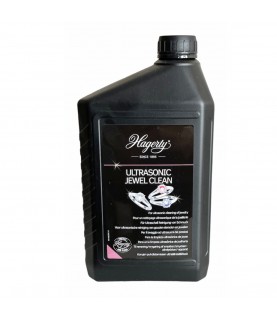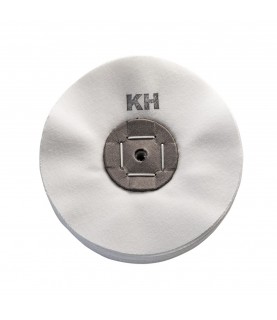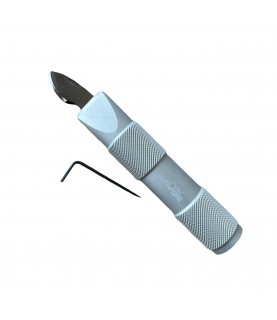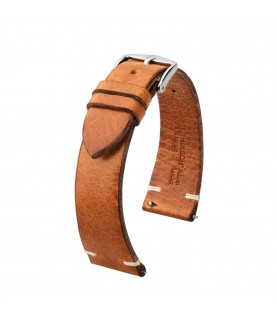Chasing Nostalgia - Omega Speedmaster Racing Chronometer
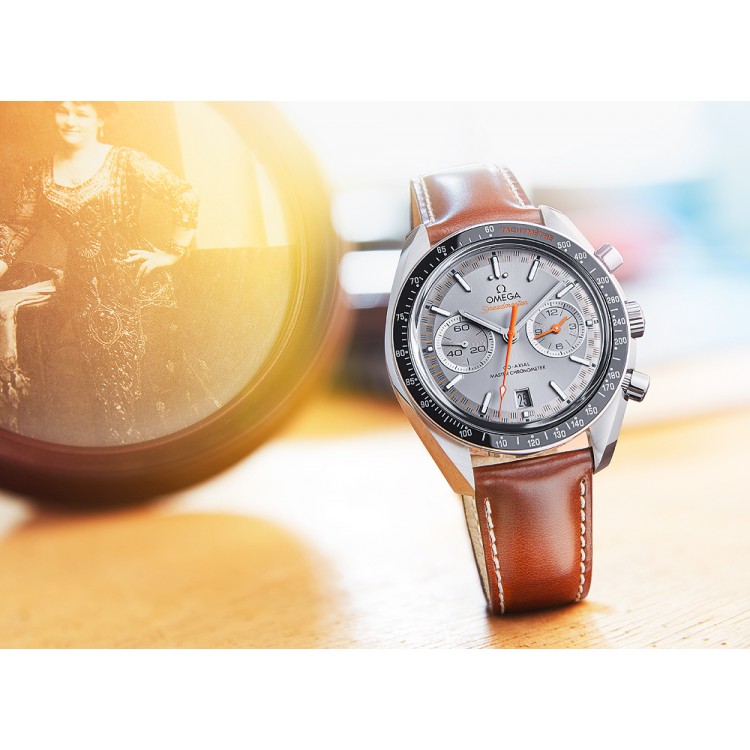
The Omega Speedmaster Racing Chronometer is in gear for a new generation of fans. We tested the current Speedmaster with a retro-inspired dial and the latest in watchmaking technology under the hood. The Omega Speedmaster Racing Master Chronometer, may not have been on the moon, but it is nevertheless a thoroughly convincing watch: its sporty yet elegant design offers excitement without being polarizing; its components are of high quality without unduly raising the price; and its movement’s technology can be described as ingenious. The Speedmaster Racing that we tested comes with a distinctive minutes circle along the edge of the dial, inspired by the checkered flags used to signal the end of a race. These “Racing Dials” with bicolor markers to show fractions of a second first appeared on an Omega model in 1968. They became famous in 1969, the year of the first moon landing, when Omega unveiled the Mark II as a modern development of the Speedmaster. The brand revived the Mark II in 2014, followed in 2017 by the Speedmaster Racing Master Chronometer that we scrutinized in this test.

Manufacture Caliber 9900 is anti-magnetic and keeps time with extreme precision. “Master Chronometer,” the final words in this model’s name, stands for an Omega movement of the latest generation that combines various quality features and certificates. Indeed, manufacture chronograph Caliber 9900 offers so many technical advantages that it’s not easy to summarize them all. It runs extremely precisely thanks to Omega’s own coaxial escapement, which has an especially complex shaped lever and escape wheel. Two serially switched barrels keep this movement running for 60 consecutive hours without a transfusion of fresh energy. It runs with low wear thanks to a silicon hairspring, DLC-coated barrels, a newly calculated tooth system on the gears, special lubricants, and a rotor that glides atop ceramic bearings. And the use of exclusively antimagnetic materials assures that this caliber remains blithely unimpressed by all the magnetic fields that can occur in daily life. Ever since the introduction of the manufacture line in 2007, Omega has followed its own special paths with the decorations, thus assuring that its calibers prove their exceptional status at first glance. The rotor, as well as the bridges on the back side of the movement, are not only plated with rhodium, but also are engraved with a special decorative pattern called “côtes de Genève en arabesque.” Moreover, the bridges have beveled and polished edges. These flat parts are held in place by blackened screws that match the color of the balance and the two barrels, which are visible along the periphery of the movement. Furthermore, the engravings on the bridges and rotors are filled with red lacquer.

The folding clasp opens on one side when the buttons are pushed and is secure, comfortable and convenient. Also not to be overlooked: all of the abovementioned technologies and decorations are housed in a very neatly crafted stainless-steel case with a ceramic bezel and two curved sapphire crystals, and the entire ensemble retails for just $8,450. Here again, Omega, with support from its parent company, the Swatch Group, has spared no effort in developmental work. The tachymeter scale along the bezel is fabricated from Liquidmetal, a patented material that’s poured into the milled indentations while still molten, allowed to harden, and then matte polished on its upper surface. Ceramic has a greater surface hardness, so polishing the Liquidmetal leaves no unwanted tool marks or other traces on the ceramic. This method allows Omega to give the bezel a completely smooth scale consisting of both polished ceramic and matte metal.

